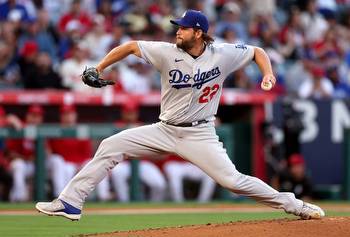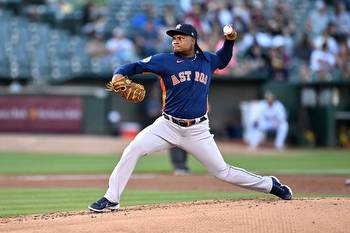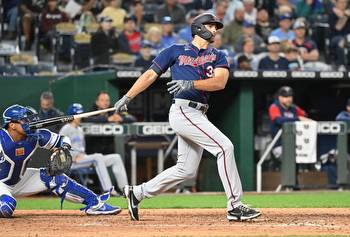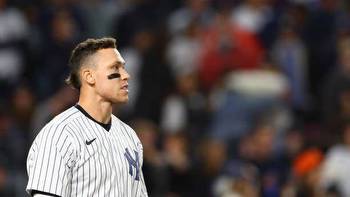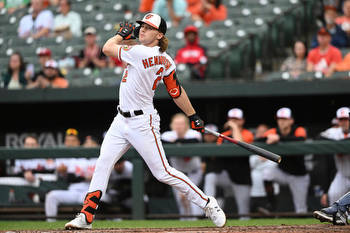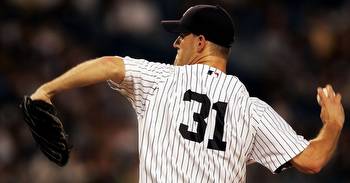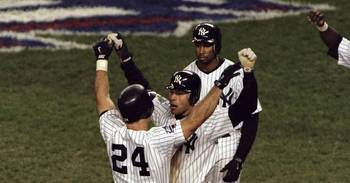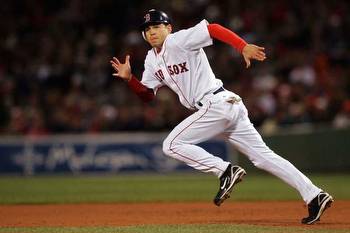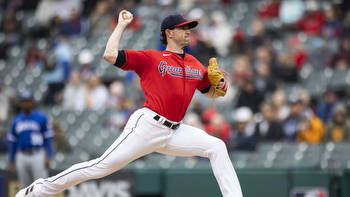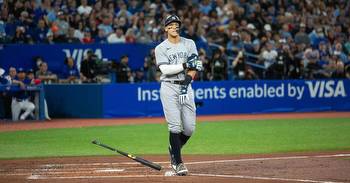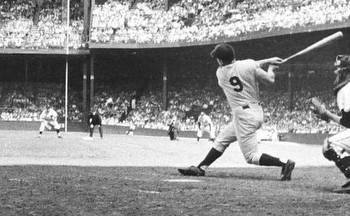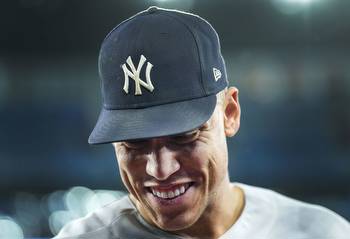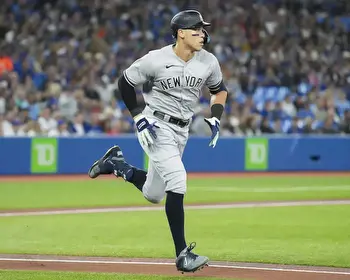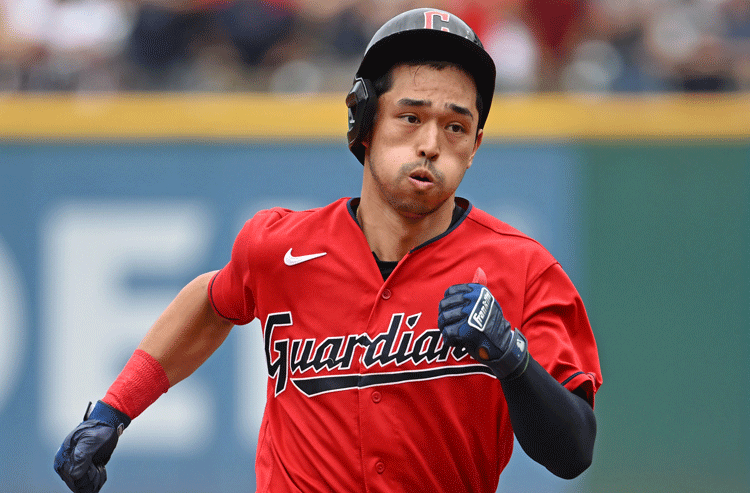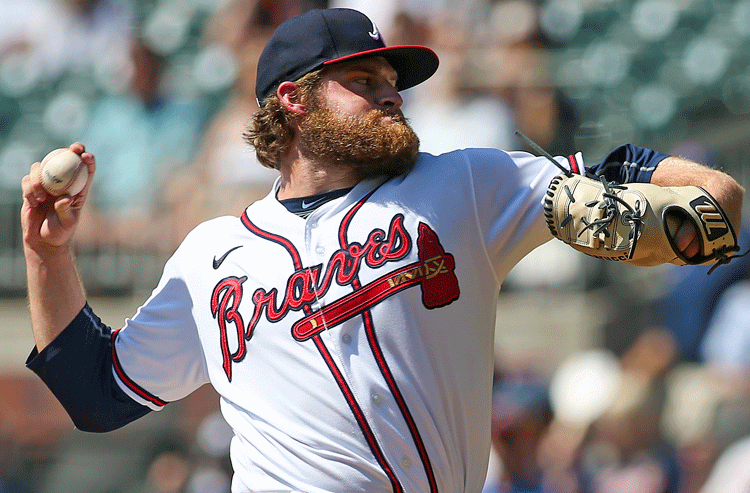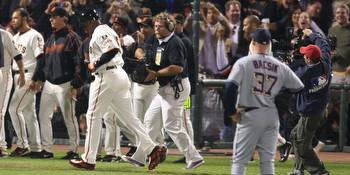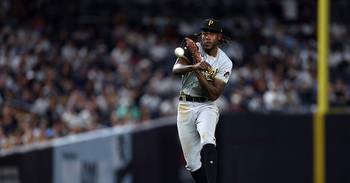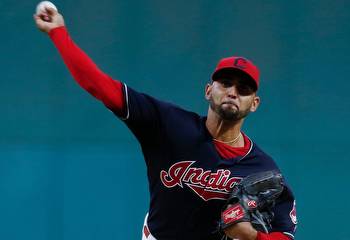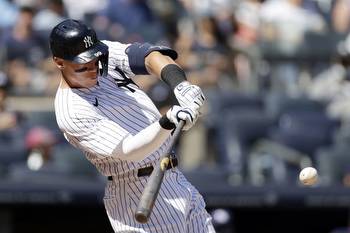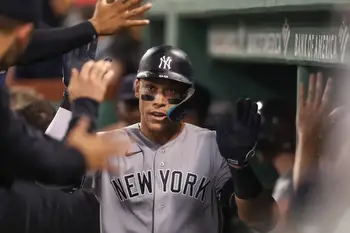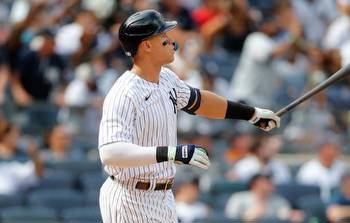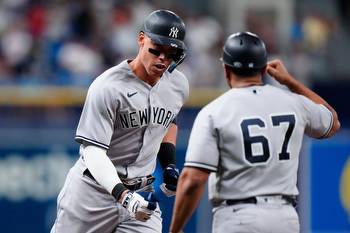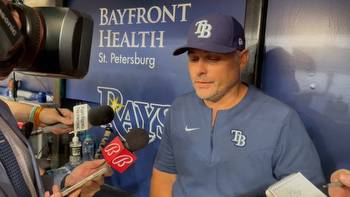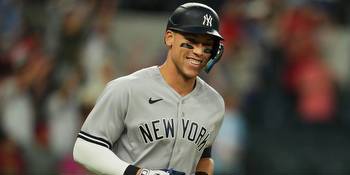Remembering Shane Spencer’s September for the ages in 1998
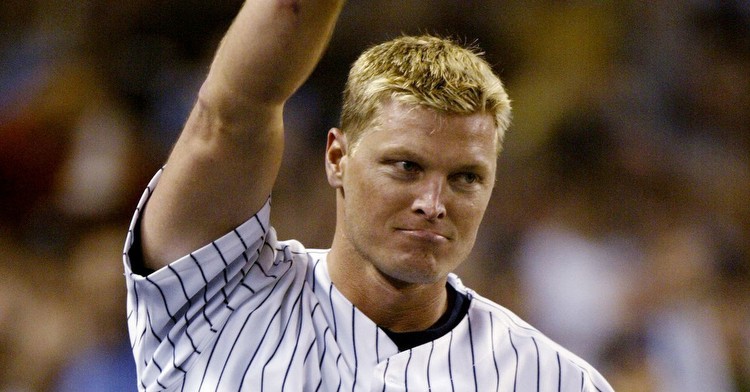
The first one came in the top of the ninth on a Friday night in Baltimore. The New York Yankees had already clinched a playoff berth, the AL East division title, and the top seed in the American League; the only thing left to play for was a shot at the most wins in MLB history. Holding an 8-5 lead heading into the inning, the relentless Bombers lineup got right to work piling on some insurance runs.
Eight batters into the inning, the Yankees had extended that lead to 11-5 while recording just one out, and the bases remained juiced: Jorge Posada on third, Scott Brosius on second, and Chuck Knoblauch on first. And up to the plate came the backup right fielder, who had entered as a defensive replacement in the sixth inning: Shane Spencer, the man who John Sterling christened “the home run dispenser.”
When I was a kid, I never understood Shane Spencer. His career stat line was pretty decent, but not a stat line to get super excited over, and yet when the New York Mets signed him prior to the 2004 season, it was Yankees fans who were most excited, as they were thrilled to see him back in New York. And yet, when I turned on MVP Baseball 2004, the game acted like he didn’t exist, alongside the Red Sox cult hero Kevin Millar and legendary Giants slugger Barry Bonds. To me, an eight-year old baseball fanatic, this outfielder was an enigma.
Only later did I learn Spencer’s story. Originally drafted in the 28th round of the 1990 MLB Draft out of Granite Hills High School in El Cajon, California, Spencer was always a long shot at reaching The Show — only a handful of players even reached the Major Leagues after being drafted in that round, and even fewer became impact players. Perhaps this is why Spencer joined a host of other minor leaguers in crossing the picket lines and reporting to spring training during the 1994-95 players’ strike, although I’m sure the $5,000 guaranteed payment (the equivalent of $10,000 today) didn’t hurt.
Despite the long odds, Spencer toiled for seven years in the minor leagues. He mashed in ‘97 with 30 homers for Triple-A Columbus but was frustrated by not getting even a quick September call-up. So he made further tweaks in his swing to make himself a more well-rounded hitter in addition to the power, and he put them into place during a stint in the Venezuelan Winter League.
So when “the call” finally came for Spencer at long last in 1998, he was ready. Prior to September, he had only seen cameos, though. It would be hard to break in on any team, let alone one with arguably the greatest depth in the history of baseball. The 26-year-old rode the shuttle between New York and Columbus until September, appearing in two games in April, one in June, and then a a two-week stretch in July and August, highlighted by a two-home run, five-hit performance on August 7th.
When rosters expanded, Spencer came back up for good. As the Yankees struggled in the first half of the month, he saw the field sparingly, but once everything had been clinched and Joe Torre began to rest his starters, he began to find himself in the lineup on a near-daily basis.
And boy, did he make the most of it. In 42 plate appearances across 14 games, Spencer blasted eight home runs and drove in 21, slashing a videogame-like .421/.476/1.105. Only seven players, in fact, accrued more fWAR than his 0.9 in that stretch: Edgar Martinez, John Olerud, Barry Bonds, Albert Belle, Mark McGwire, J.D. Drew, and Jeff Bagwell; only McGwire and Manny Ramirez hit more home runs. For two weeks, he became one of the greatest hitters in the game.
This is why, when the outfielder came to the plate with the bases loaded against the Tampa Bay Devil Rays just a few days later, another grand slam didn’t seem out of the question, and when it came, it earned him his second curtain call of the week.
Every successful season has their unexpected heroes, many of whom were outlined in PSA’s “25 Most Surprising Seasons in Yankees History.” Aaron Small put together the one successful stretch of his career to stabilize the rotation in 2005. Nick Swisher started the year as the backup first baseman/corner outfielder in 2009 before seizing the right field job after Xavier Nady’s injury. Raúl Ibañez’s heroics in the 2012 ALDS extended the last hurrah of the 2009-12 squad. Gary Sánchez reinvigorated the lineup in 2016; Luke Voit, in 2018. Mike Tauchman and other #NextMenUp helped the Yankees deal with an army of injuries in 2019. All of these were fantastic stories, and while some of them were just flashes in the pans, others used their success to launch successful careers in pinstripes.
All, however, pale in comparison to Shane Spencer. One minute, he was a career minor leaguer. The next, he was in the starting lineup in the World Series for the 114-win New York Yankees, with the broadcast networks using his name in advertisements for postseason games. On a team that was must-watch television, he was required viewing.
Spencer never again achieved the heights he did in that one glorious month. He returned to a bench role the following spring, and over the next four years, he carved out a role as a platoon bat, able to mash lefties but a liability against right-handed pitchers. His limited role, off-the-field issues, and age — again, he was 26 years old as a rookie — kept his career fairly short, and by 2005, he was out of the league. But for that two-week stretch at the end of September in 1998, Shane Spencer was the absolute best player in baseball.
Rather fittingly, the final regular season highlight of the 1998 season belongs to him. In the bottom of the fifth inning on September 27th, Shane Spencer came to the plate with the bases juiced for the third time in ten days. With Chili Davis at first, Luis Sojo at second, and Bernie Williams at third, Spencer saw a hanging curveball from Devil Rays reliever Albie Lopez and deposited it over Monument Park in left field.
Spencer’s third grand slam in ten days set the record for most grand slams by a rookie in an entire season, unsurprisingly earning him another curtain call. That record would stand for two days more than a decade, as Chicago White Sox infielder Alexei Ramírez hit his fourth grand slam during his rookie campaign on September 29, 2008. Although the record may no longer belong to Spencer, however, the memory of that September to remember for a 28th round draft pick and career minor leaguer continues to loom large in the annals of baseball history.
And that story of patience and perseverance, that is the legacy of Shane Spencer, The Home Run Dispenser.


